A butterfly once pronounced extinct in the UK has been seen in record numbers this year, according to conservationists.
There were over 10,000 adult large blue butterflies in Gloucestershire and Somerset – the largest concentration of the species known in the world.
Conservationists said the findings contradicted widely reported warnings that 2016 could be the worst year on record for British butterflies.
In total more than 250,000 eggs were laid by large blue butterflies this summer on the abundant thyme and marjoram flowers at the Daneway Banks reserve in Gloucestershire and the Green Down reserve in Somerset.
Prof Jeremy Thomas, chairman of the Joint Committee for the Restoration of the Large Blue Butterfly, said the numbers of the butterfly, which was reintroduced to the UK in 1984, were its highest for 80 years.
“The success of this project is testimony to what large scale collaboration between conservationists, scientists and volunteers can achieve,” he said.
“Its greatest legacy is that it demonstrates that we can reverse the decline of globally-threatened species once we understand the driving factors.”
The large blue has a bizarre life-cycle.
Having fed for three weeks on the flowerbuds of wild thyme or marjoram, the caterpillar produces scents and songs that trick red ants into believing it is one of their own grubs and is carried underground into the ants’ nest and placed with the ant brood.
The caterpillar spends the next 10 months feeding on the grubs before pupating in the nest the following year and then emerging to crawl above ground as a butterfly.
Despite over 50 years of effort to halt its decline, the large blue butterfly was pronounced extinct in Britain in 1979.
Its reintroduction in 1984 was based on the discovery that large blue caterpillars can only survive in the nest of one particular species of red ant.
Roger Mortlock, chief executive of the Gloucestershire Wildlife Trust, added: “This is fantastic news for this globally endangered butterfly whose extraordinary life cycle makes its conservation very challenging.
“Scrub clearance and careful grazing of wildflower-rich grasslands is key to ensuring a future for this beautiful insect.
“This special management also helps a huge diversity of wild plants and other insects to thrive.”
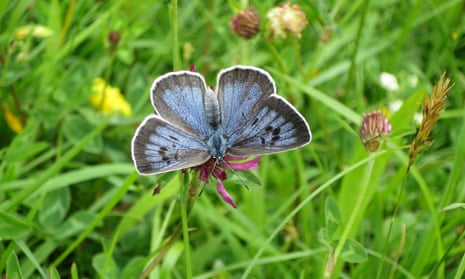
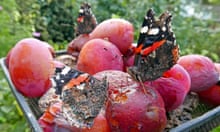

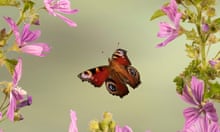
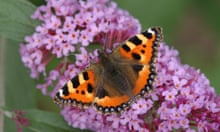
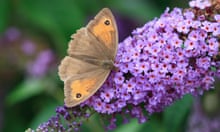
Comments (…)
Sign in or create your Guardian account to join the discussion